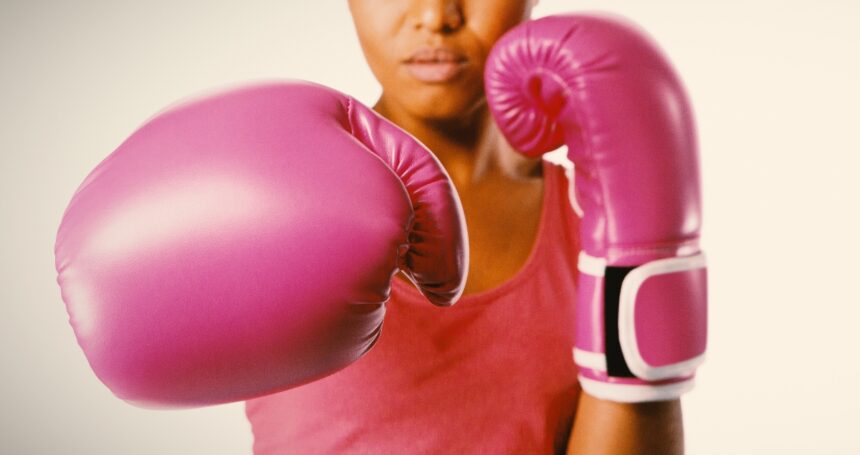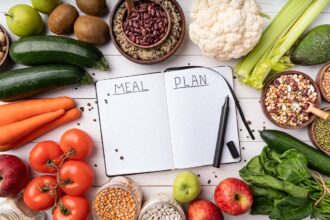Did you know that staying physically active not only improves your mood, but can also help you reduce your risk of breast cancer?
In the Latino community, where diagnosis rates have increased, it is vital to know how small lifestyle changes can make a big difference. Find out why moving more can be your best ally!
Why does exercise help prevent breast cancer?
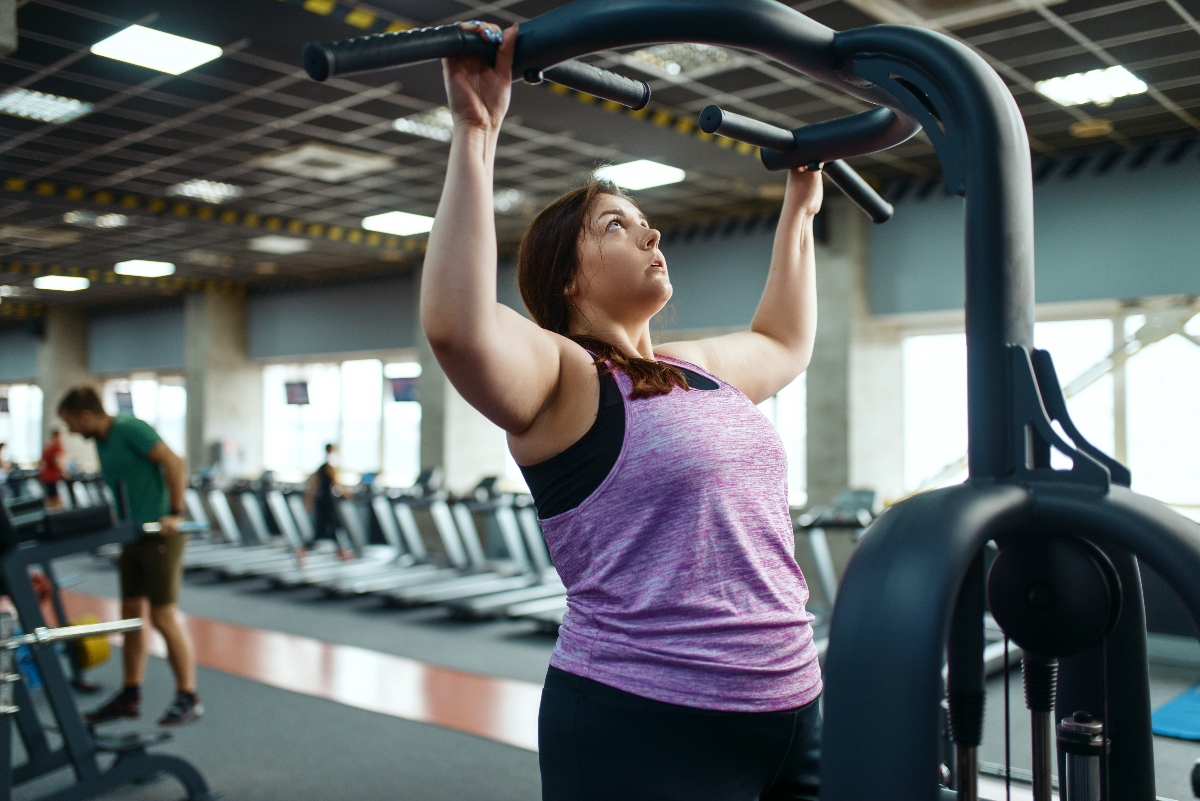
Regular exercise helps control hormone levels such as estrogen, which is linked to an increased risk of breast cancer.
In addition, maintaining a healthy weight and reducing inflammation in the body are two major benefits of daily movement.
According to the American Cancer Society, active women are between 10% and 20% less likely to develop this disease.
How much exercise do you need?
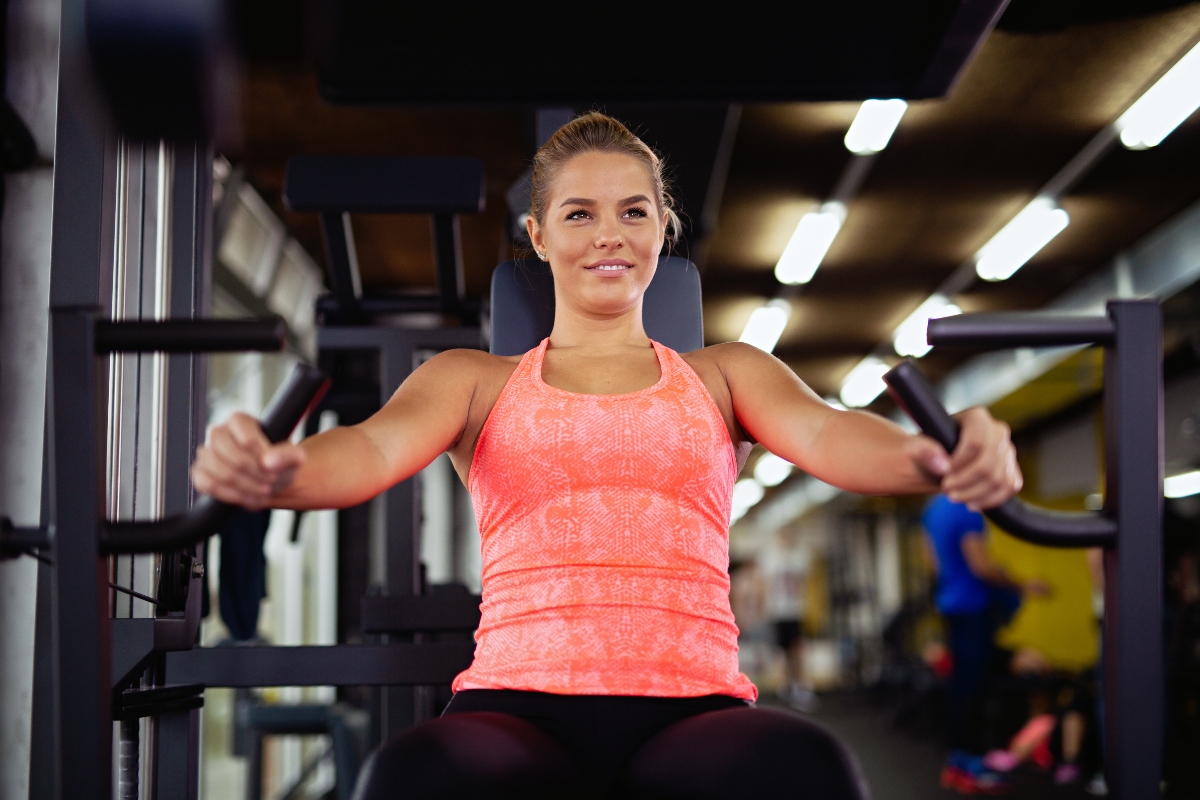
You don’t need to spend hours in the gym to see results. Experts recommend:
150 minutes of moderate activity per week, such as brisk walking or dancing.
75 minutes of intense exercise per week, such as running or spinning.
Divide it up as best suits your routine – even 30 minutes a day can do wonders for your health!
Perfect options for Latin women
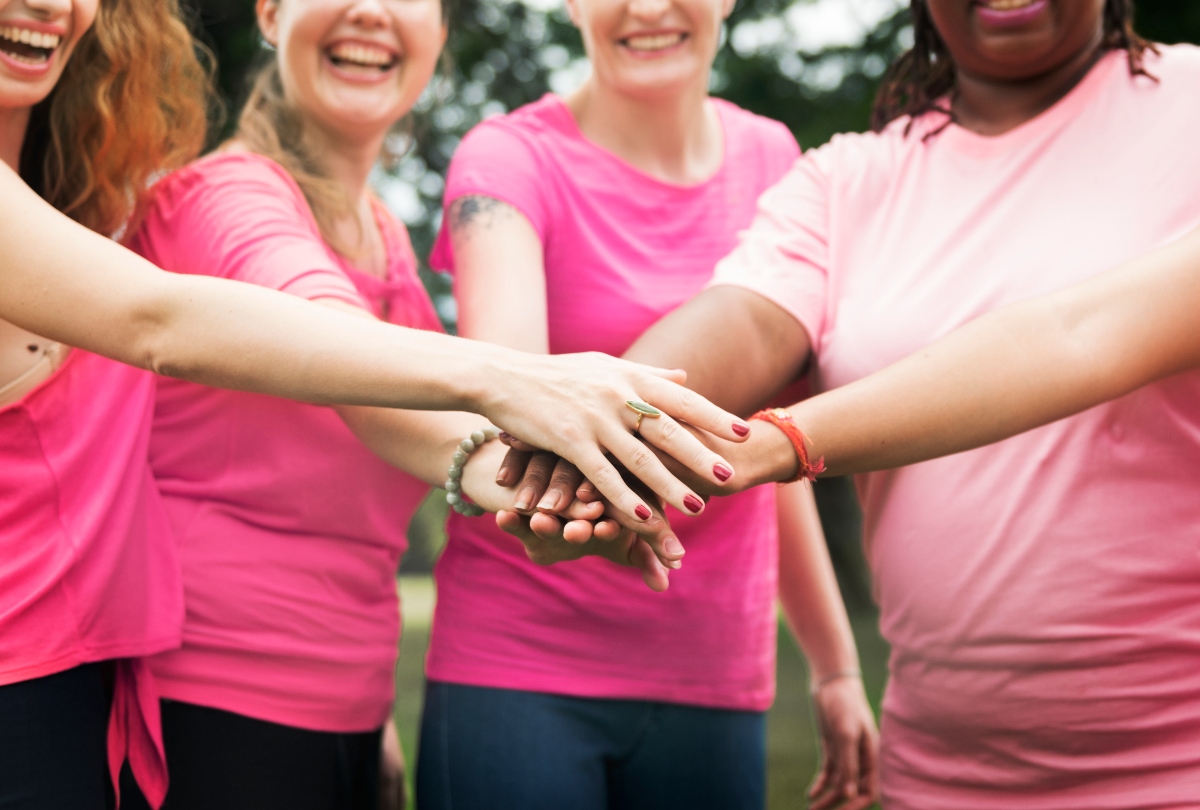
Zumba: A fun way to burn calories while enjoying Latin rhythms, dancing has never felt so good!
2. Family walks: Explore local parks or just walk around your neighborhood. It’s free and strengthens family bonds.
Yoga or Pilates: In addition to strengthening the body, these practices reduce stress, another risk factor associated with cancer.
4. Strength classes: Lifting light weights or using resistance bands improves bone density and controls weight.
Additional benefits
Reduces stress and improves sleep.
Increases energy and self-esteem.
Strengthens the immune system.
Improves cardiovascular health.
Resources to get started
Community groups: Many Latino communities offer free exercise classes in parks and community centers.
Mobile apps: Tools such as FitOn and Nike Training Club offer free, guided programs.
Medical support: Talk to your doctor before starting an exercise program if you have any pre-existing conditions.
Explore local parks or simply walk around your neighborhood
QuéOnnda.com
For more health tips, visit QuéOnnda.com.



